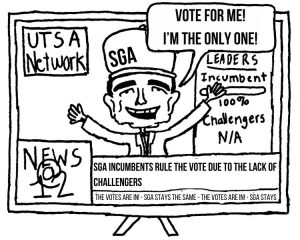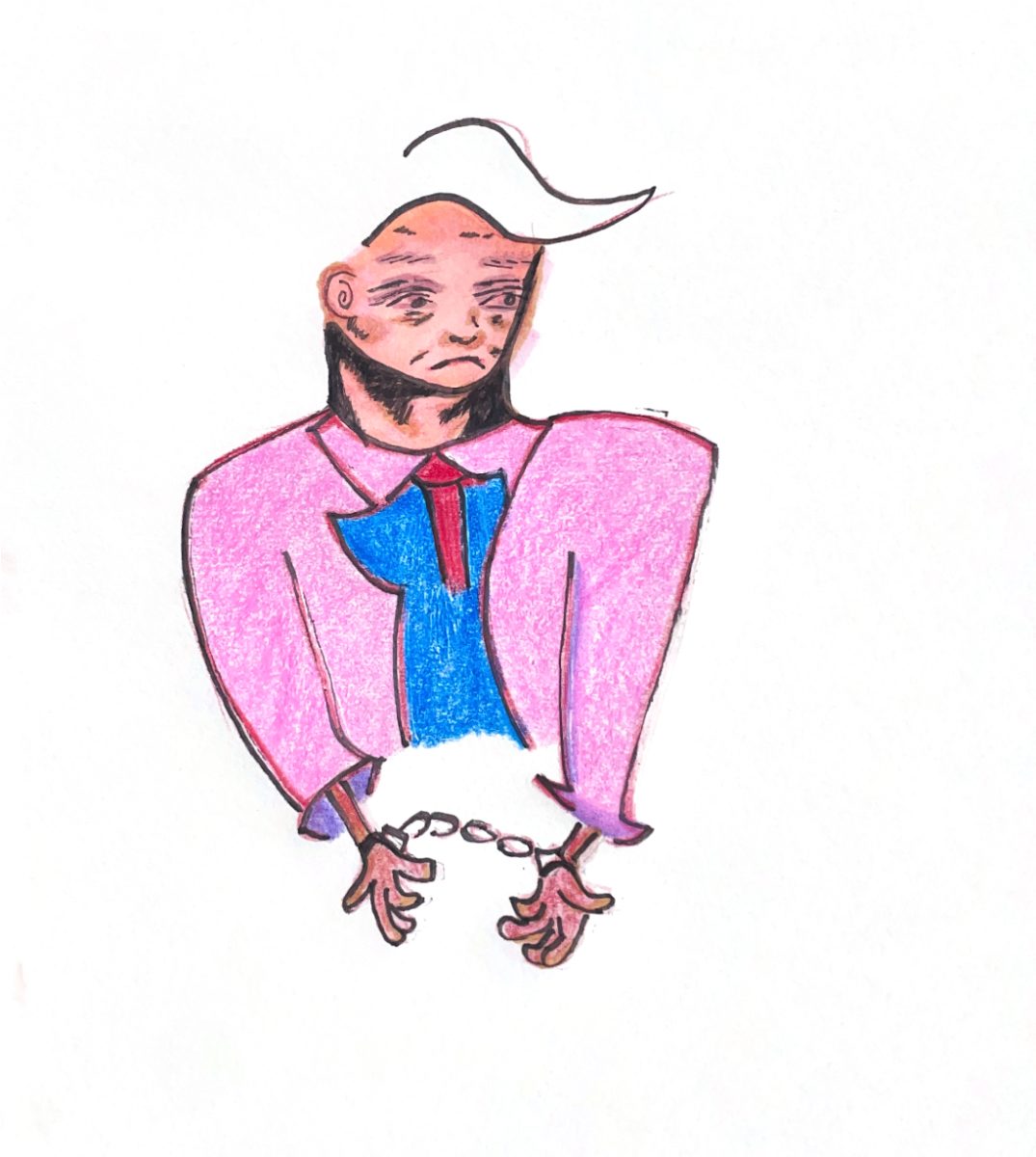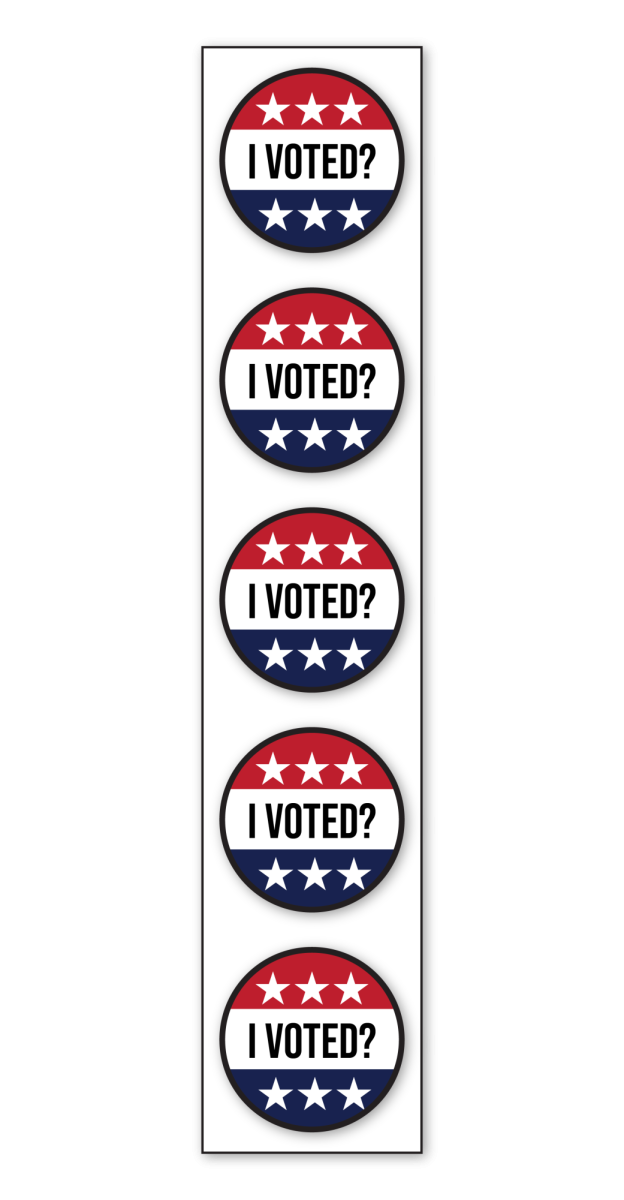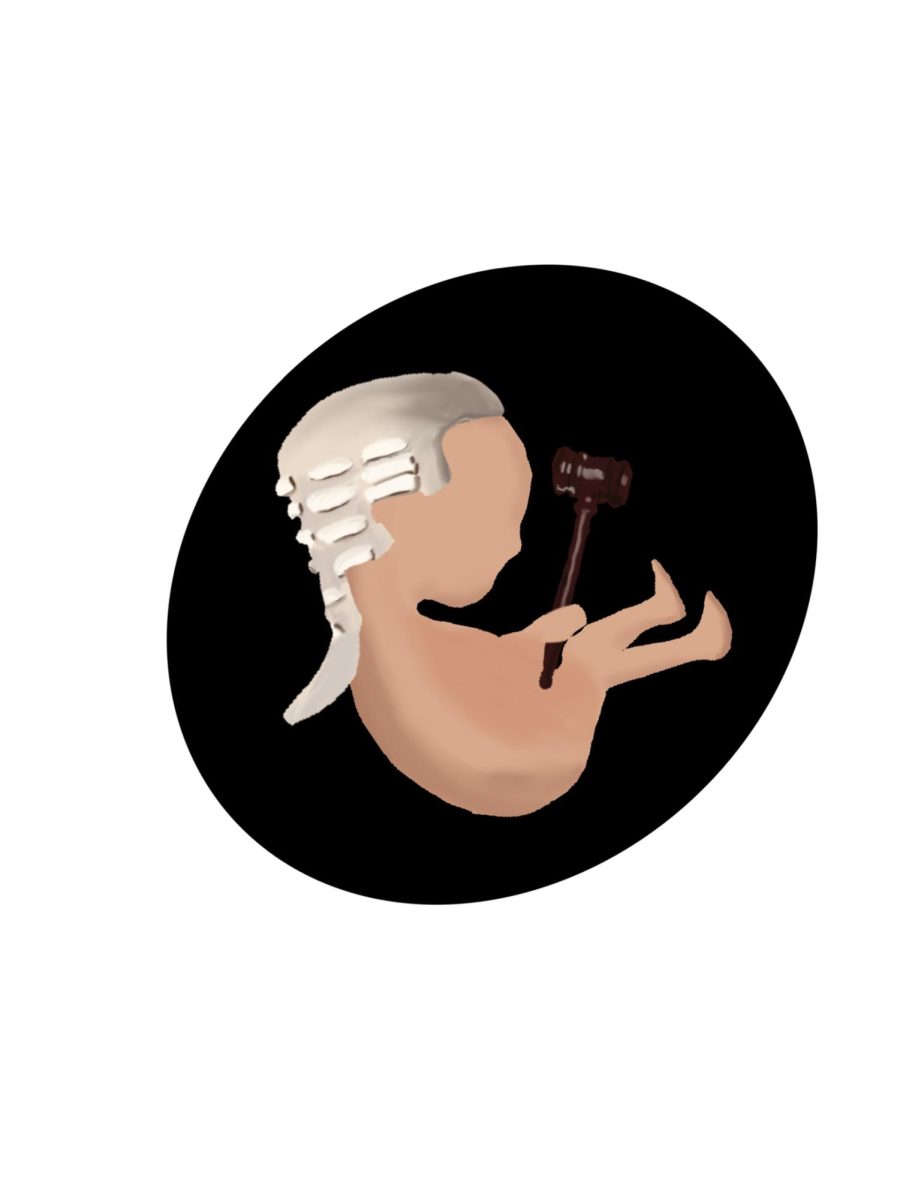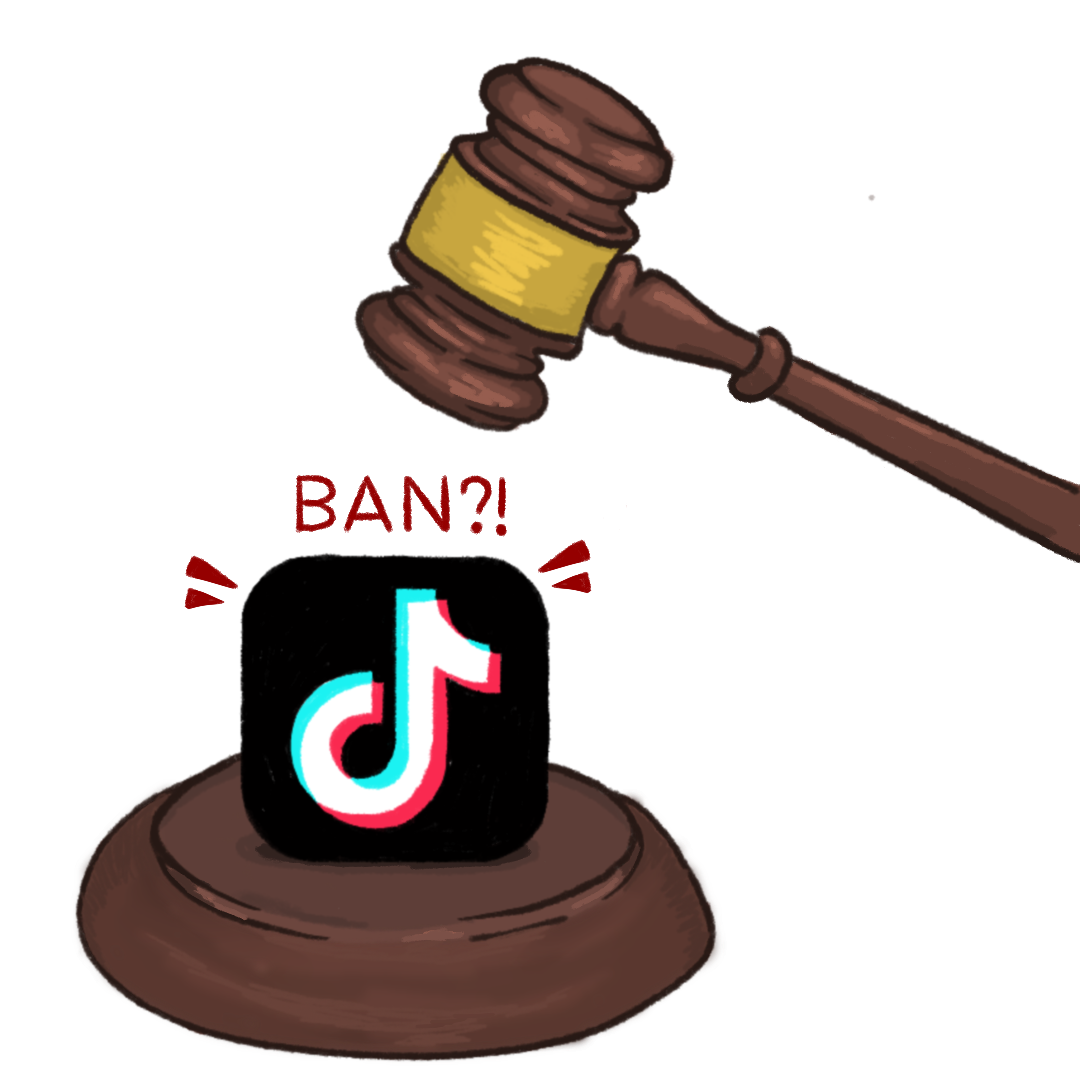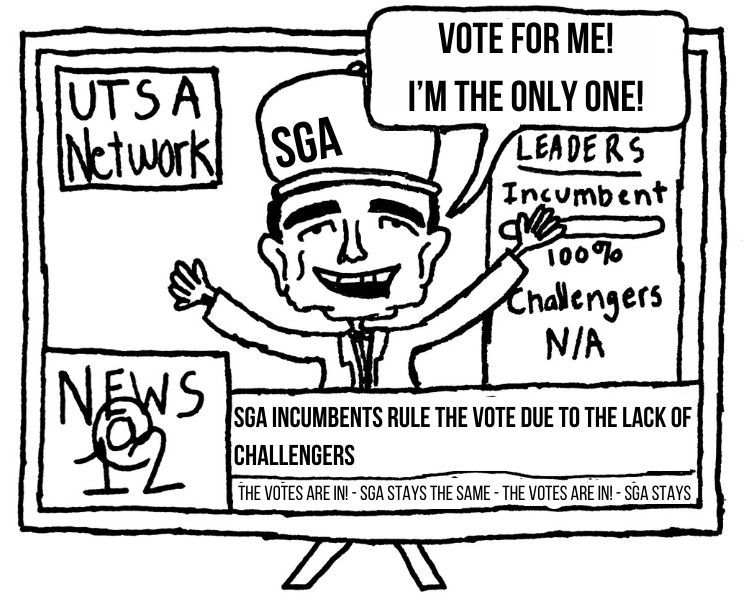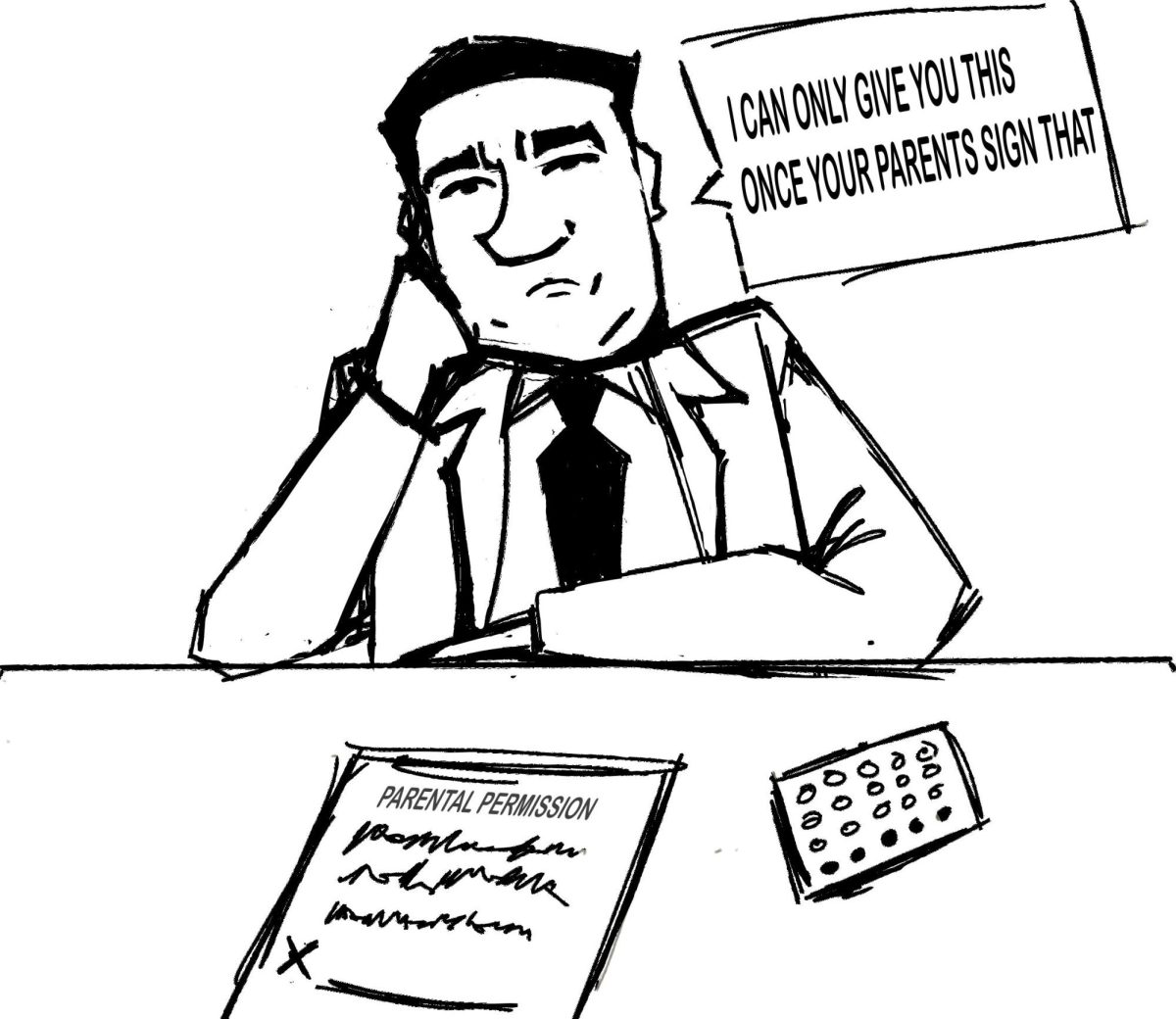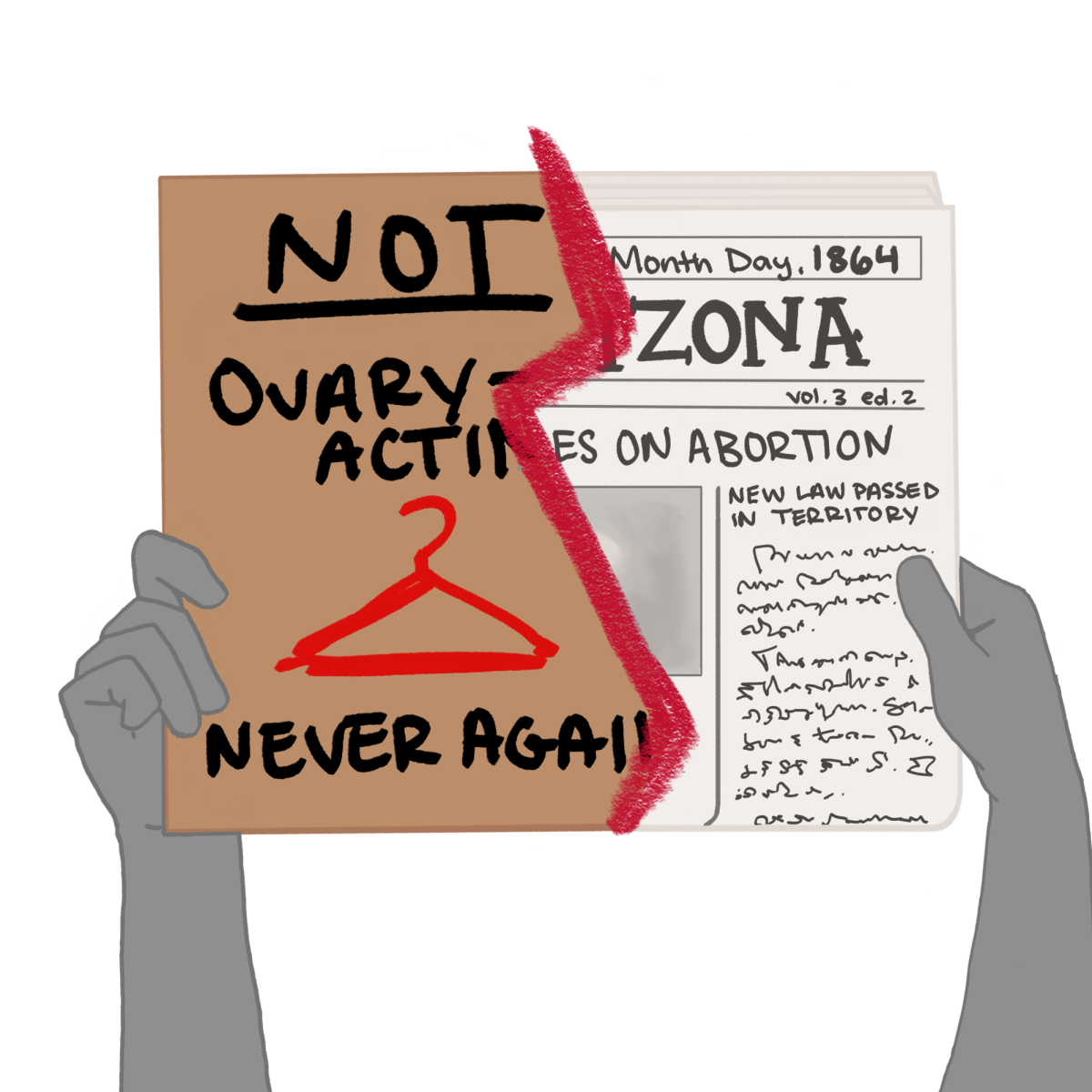The other day, a man followed me into an empty stairwell in the McKinney Humanities building to ask for my phone number. He continued following me to my car, asking for my phone number, even after I explained to him that I felt very uncomfortable giving my phone number to a stranger.
This event and events similar to them are part of a tradition of gender discrimination and sexual harassment at UTSA. The event that I faced was an example of a phenomenon popularly termed ‘street harassment’. Hollaback, an organization dedicated to the eradication of street harassment, defines street harassment as instances of sexual harassment in public places: catcalls on sidewalks, sexual come-ons in the library lines, groping in crowds.
Street harassment is a daily reminder that people who claim identities that are marginalized (feminine, transgender, queer, gay or lesbian) are obligated by patriarchal institutions and social systems of male dominance to sacrifice bodily and sexual autonomy in order to exist in public spaces.
Street harassment is a symptom of the profoundly damaging culture of rape, sexual abuse and sexual violence that every student and faculty member at UTSA is forced to operate in. Unwanted sexual attention is an attack upon sexual autonomy and an aggressive reminder that presenting yourself as feminine in a public place means you must give up your own sexuality in order to submit to patriarchal ideals.
UTSA’s Handbook of Operating Procedures Section 9.01 specifically “prohibits unlawful discrimination on the basis of race, color, sex, religion, national origin, age, disability, citizenship and veteran status in all aspects of employment and education…in accordance with federal and state law.”
The Handbook goes on to include prohibition of “discrimination on the basis of sexual orientation, gender identity, and gender expression.” Furthermore, UTSA’s Handbook of Operating Procedures Section 9.01 prohibits sexual harassment, misconduct and discrimination “regardless of where it occurs, including both on and off university property, if it potentially affects the alleged victim’s education or employment.”
Most male students at UTSA seem to ignore these rules when they are lounging in the Sombrilla or walking to classes.
Sexual harassment has absolutely no place in any environment, but in an academic environment, it is profoundly damaging. The environment of sexual violence, abuse and discrimination that marginalized groups face at UTSA is directly detrimental to the educational process.
Aside from the misogyny and colonial residues that incite street harassment, street harassment is also fueled by the idea that unwanted and unsolicited sexual advances are natural human behavior, that they are a form of flirting, that when men humiliate women for participating in popular western feminine archetypes it is an indicator of reverence.
Predominant is the idea that street harassment is for the benefit of the woman. Women are encouraged to be grateful that a stranger, who is statistically likely to physically, mentally and sexually abuse them, is providing them with attention while they are simply trying to get to class.
When victims of street harassment come forward about the abuse they have faced, they are often held accountable because of the way they present themselves, particularly through clothing and make up; however, the attire of a victim of street harassment is not the victim’s abuser. The person catcalling the victim is the abuser.
While misogyny and patriarchy and racism (pejorative ideas of and actions against women, social and institutional male dominance, pejorative ideas of and actions against people of color) blatantly exist in classrooms at UTSA–manifesting themselves as male students speaking over/interrupting women students and professors, male professors engaging white male students rather than women or men of color–these colonial systems of heteropatriarchy and racism are put most violently into practice in UTSA parking lots, walkways, hallways, stairwells, food courts, and streets. While incidents of street harassment vary in severity, every incident of street harassment, no matter how harmless it may seem, is a microaggression of sexual abuse and an attack on bodily and identity autonomy.
For more, continue reading
at Paisano-online.com
Keely Moore
Contributing Writer





